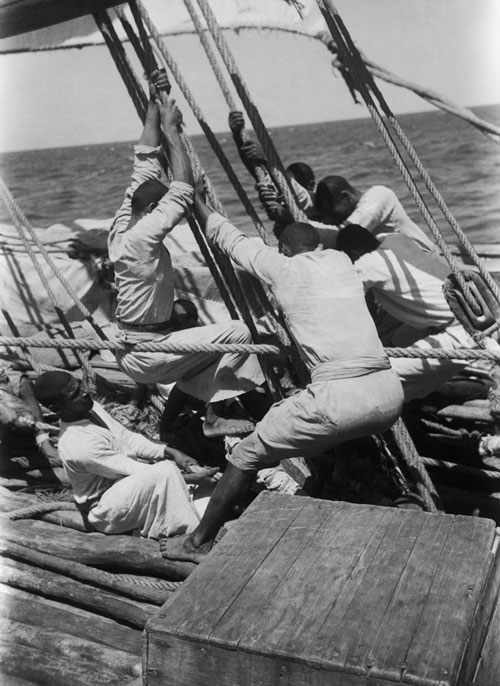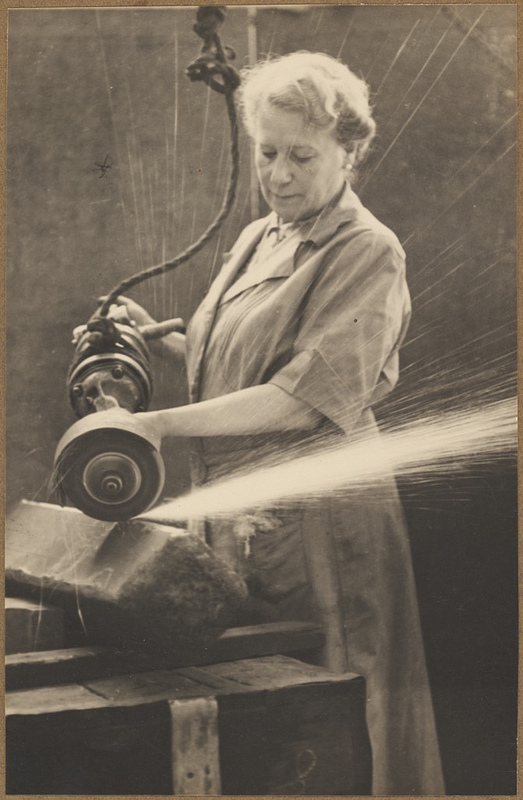RODRÍGUEZ-ROMERO, Beatriz (2016); PÉREZ-VALIÑO, Coral; AGEITOS-ALONSO, Beatriz; PÉRTEGA-DÍAZ, Sonia. Prevalence and associated factors for musculoskeletal pain and disability among spanish music conservatory students - INVASSAT
Atrás RODRÍGUEZ-ROMERO, Beatriz (2016); PÉREZ-VALIÑO, Coral; AGEITOS-ALONSO, Beatriz; PÉRTEGA-DÍAZ, Sonia. Prevalence and associated factors for musculoskeletal pain and disability among spanish music conservatory students
RODRÍGUEZ-ROMERO, Beatriz (2016); PÉREZ-VALIÑO, Coral; AGEITOS-ALONSO, Beatriz; PÉRTEGA-DÍAZ, Sonia. Prevalence and associated factors for musculoskeletal pain and disability among spanish music conservatory students
RODRÍGUEZ-ROMERO, Beatriz; PÉREZ-VALIÑO, Coral; AGEITOS-ALONSO, Beatriz; PÉRTEGA-DÍAZ, Sonia. Prevalence and associated factors for musculoskeletal pain and disability among spanish music conservatory students. Medical Problems of Performing Artists [online]. 2016. 31, 4. 193-200. [Consulta: 24.01.2020]. ISSN: 1938-2766. DOI: 10.21091/mppa.2016.4035. <http://hdl.handle.net/2183/18023>
Resumen: Prevalencia y factores asociados para el dolor musculoesquelético y la discapacidad entre los estudiantes de conservatorio de música español. Evaluar la prevalencia y los factores asociados con el dolor musculoesquelético y la discapacidad del cuello y las extremidades superiores entre los estudiantes del conservatorio de música. Este tipo de dolor es muy frecuente en estudiantes de música. La discapacidad del cuello y las extremidades superiores fue leve a moderada y ambas se asociaron con una peor salud mental. Los principales factores asociados con dolor musculoesquelético fueron el género, las horas dedicadas a la práctica y la actividad física. Deben tenerse en cuenta los factores físicos y psicológicos en la prevención del dolor en estudiantes-músicos.
Resum: Prevalença i factors associats per al dolor musculoesquelètic i la discapacitat entre els estudiants de conservatori de música espanyol. Avaluar la prevalença i els factors associats amb el dolor musculoesquelètic i la discapacitat del coll i les extremitats superiors entre els estudiants del conservatori de música. Aquest tipus de dolor és molt freqüent en estudiants de música. La discapacitat del coll i les extremitats superiors va ser lleu a moderada i ambdues es van associar amb una pitjor salut mental. Els principals factors associats amb dolor musculoesquelètic van ser el gènere, les hores dedicades a la pràctica i l'activitat física. Han de tindre's en compte els factors físics i psicològics en la prevenció del dolor en estudiants-músics.
Abstract: Objectives: To assess the prevalence of and factors associated with musculoskeletal pain (MSP) and neck and upper limb disability among music conservatory students. Methods: An observational study in two Spanish conservatories, investigating a total of 206 students, administered the Nordic Musculoskeletal Questionnaire, visual analog scale for pain intensity, Neck Disability Index, DASH, and SF-36. Demographic and lifestyle characteristics and musical performance variables were recorded. Regression models were performed to identify variables associated with MSP for the four most affected anatomical regions and with neck and upper limb disability. Results: The locations with the highest prevalence of MSP were the neck, upper back, shoulders, and lower back. Mild disability affected 47% of participants in the neck and 31% in the upper limbs. Mental health (SF-36) was below the average for the general population (45.5±10.2). Women were more likely to suffer neck pain (odds ratio [OR] 1.1-5.2), lower back pain (OR 1.7-8.7), and neck disability (B 0.6-7.8). The risk for shoulder pain was higher in those who played for more hours (OR 1.7-24.7) and lower among those who performed physical activity (OR 0.23-1.00). Disability in the neck (B -0.3) and upper limbs (B -0.4) was associated with poorer mental health (SF-36). Conclusion: MSP is highly prevalent in music students. Neck and upper limb disability were slight to moderate and both were associated with poorer mental health. The main factors associated with MSP were being female, hours spent practicing, and physical activity. Physical and psychological factors should be taken into account in the prevention of MSP in student-musicians.















